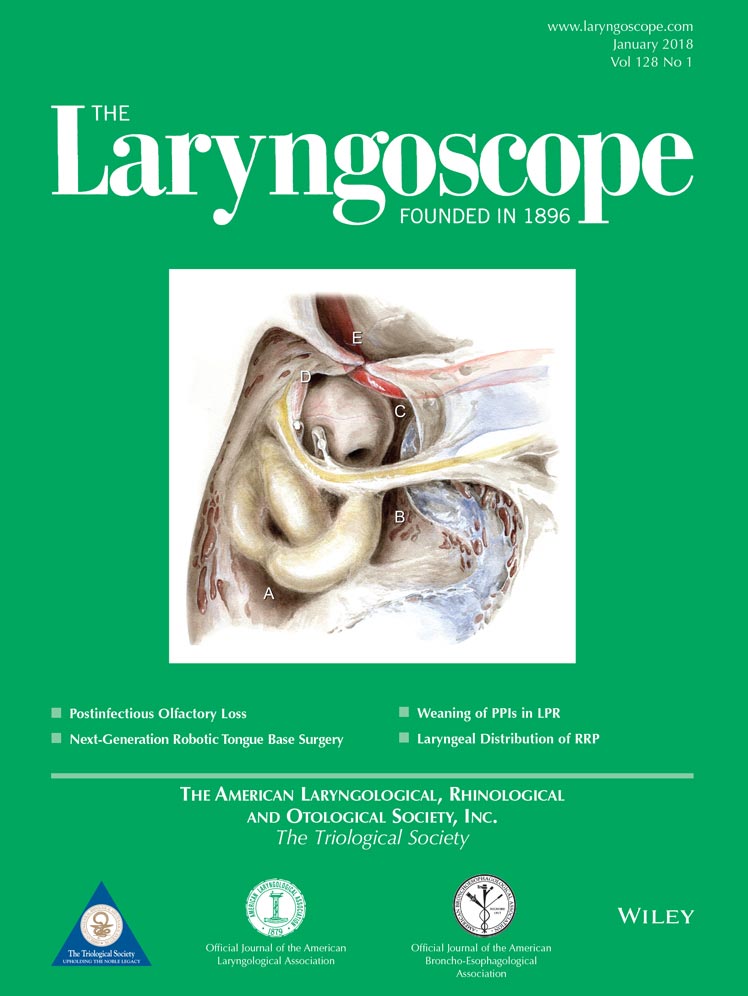Repairing the vibratory vocal fold
Presented at the Triological Society Annual Meeting, San Diego, California, U.S.A., April 28, 2017. Accepted as the candidate's Triological Society thesis.
Financial Disclosure: This material is based on work supported by the Department of Veteran Affairs, Veterans Health Administration, Office of Research and Development, Biomedical Laboratory Research and Development (j.l.), VA Career Development Award IK2BX001944 (j.l.). Additional institutional support was provided by UCLA's Jonsson Comprehensive Cancer Center. Further support provided by American Laryngological Voice Research and Education Foundation, and American Academy of Otolaryngology–Head and Neck Surgery Foundation. The author has no other funding, financial relationships, or conflicts of interest to disclose.
Abstract
Objective
A vibratory vocal fold replacement would introduce a new treatment paradigm for structural vocal fold diseases such as scarring and lamina propria loss. This work implants a tissue-engineered replacement for vocal fold lamina propria and epithelium in rabbits and compares histology and function to injured controls and orthotopic transplants. Hypotheses were that the cell-based implant would engraft and control the wound response, reducing fibrosis and restoring vibration.
Study Design
Translational research.
Methods
Rabbit adipose-derived mesenchymal stem cells (ASC) were embedded within a three-dimensional fibrin gel, forming the cell-based outer vocal fold replacement (COVR). Sixteen rabbits underwent unilateral resection of vocal fold epithelium and lamina propria, as well as reconstruction with one of three treatments: fibrin glue alone with healing by secondary intention, replantation of autologous resected vocal fold cover, or COVR implantation. After 4 weeks, larynges were examined histologically and with phonation.
Results
Fifteen rabbits survived. All tissues incorporated well after implantation. After 1 month, both graft types improved histology and vibration relative to injured controls. Extracellular matrix (ECM) of the replanted mucosa was disrupted, and ECM of the COVR implants remained immature. Immune reaction was evident when male cells were implanted into female rabbits. Best histologic and short-term vibratory outcomes were achieved with COVR implants containing male cells implanted into male rabbits.
Conclusion
Vocal fold cover replacement with a stem cell-based tissue-engineered construct is feasible and beneficial in acute rabbit implantation. Wound-modifying behavior of the COVR implant is judged to be an important factor in preventing fibrosis.
Level of Evidence
NA. Laryngoscope, 128:153–159, 2018




